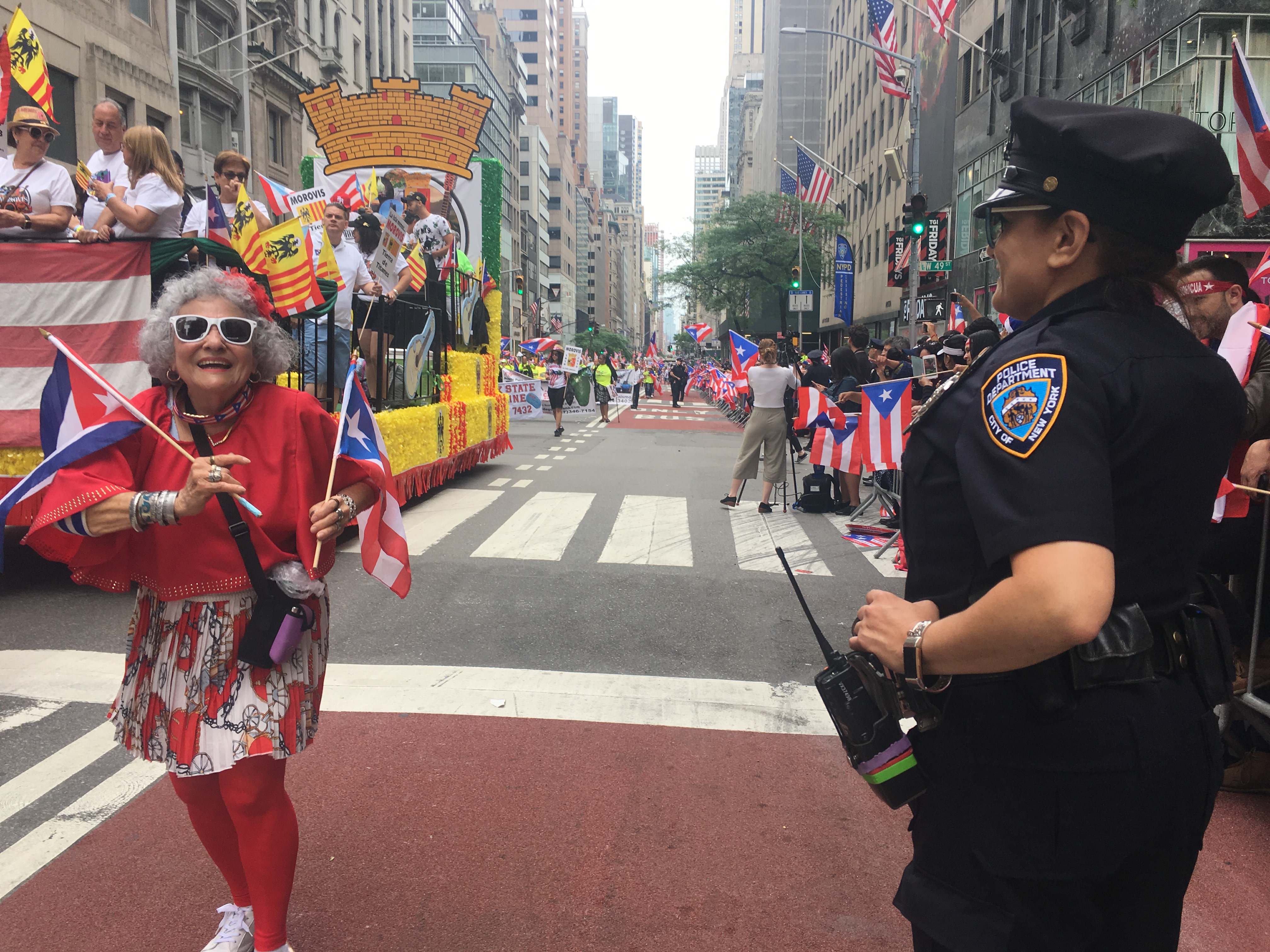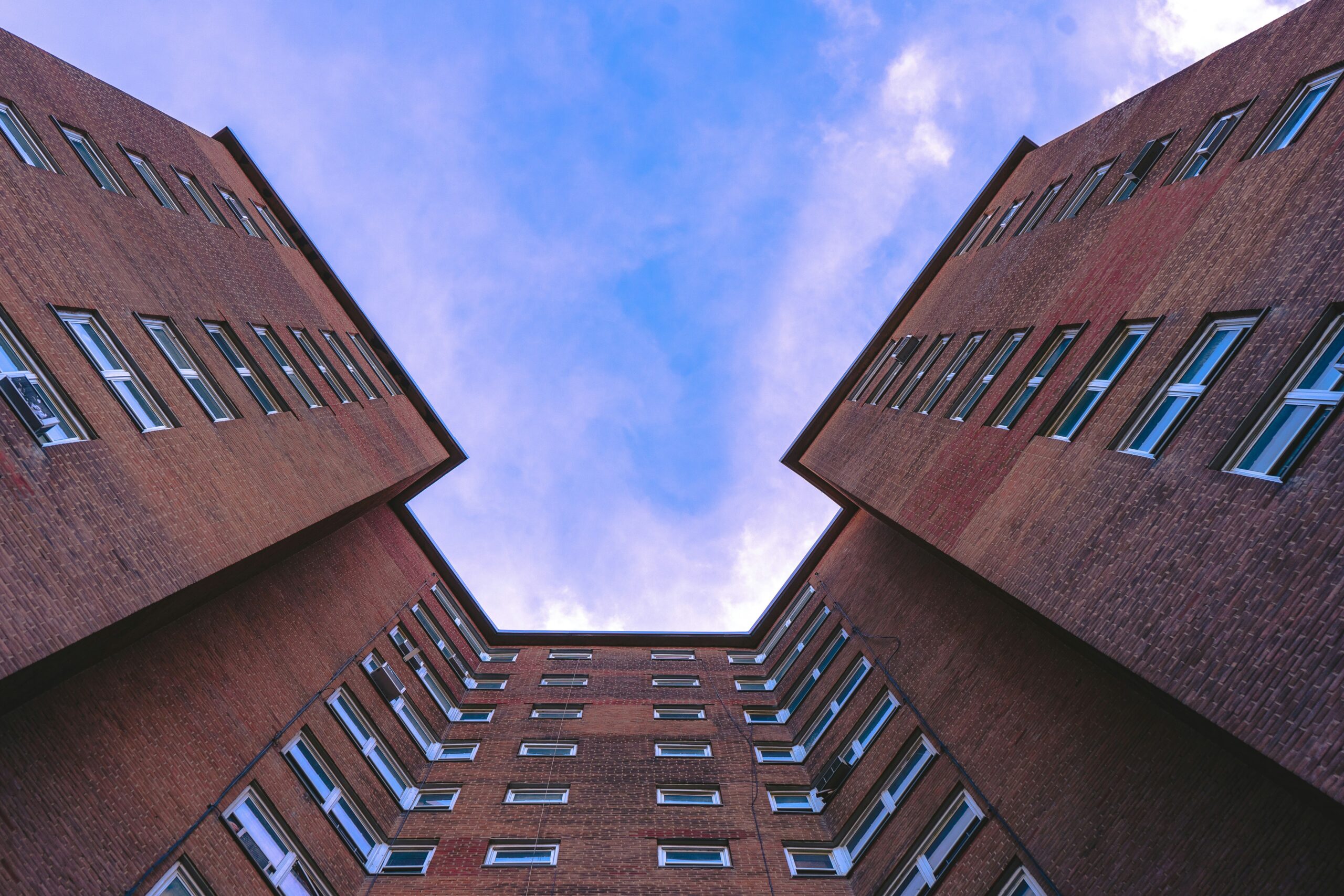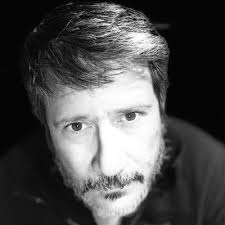Translated by MARÍA JOSÉ GIMÉNEZ
June 10, 2018
New York City
This year, the Puerto Rican flag wore black. Only the white star remained. Seeing it dressed in mourning, it was impossible not to feel a knot from your chest to your gut.
Let there be no doubt: our diaspora shares the enormous burden of loss and frustration at seeing Puerto Rico devastated and changed forever since María ripped through an already ailing country. A Category 4 hurricane that shares a name with so many friends, mothers, and aunts, María flattened the island on September 20, 2017. Its might came down with the wrath and scale of a biblical catastrophe that knows no beginning or end.
The music, cheers, and exhilaration from early in the parade took a different tone when a black banner with white letters made its way through the crowd. Trump, Puerto Rico es tu Katrina, read the message from a delegation led by Congresswoman Nydia Velázquez.

María, the destruction it wreaked, and the abysmal response of local and federal governments, made for a contentious parade, perhaps more than ever in its sixty-one years.
Cultural celebration faded into the background: this year the parade became a platform to keep the issue of Puerto Rico alive in the United States. Public spaces like Fifth Avenue make it possible to reframe the discourse, assert views, and protest. Displaced Puerto Rican residents came to the parade to express the importance of keeping their plight before the public and to advocate for the aid that’s still needed. They appeared on a float wearing white T-shirts with their flag and Sobrevivientes del huracán María [Hurricane María Survivors] printed on the front. Having them here in the Big Apple, knowing they were looking to resume their lives in New York City, allowed us to witness the courage of those who strive against all odds.
In late May, a study at Harvard University estimated the number of hurricane casualties in Puerto Rico at 4,645. (Originally, the Puerto Rican government had numbered the hurricane-related deaths at 64. In August 2018, they revised the number upward to 1,427.) A solemn banner carried by Bronx Borough President Rubén Díaz Jr., Congressman Adriano Espaillat, and Assemblyman Marcos A. Crespo alluded to that figure, saying: recordar, votar y resistir [remember, vote and resist]. Members of the Poncili Creación troupe performed between 44th and 79th Street, representing their grief for the 4,645 and condemning the $73 billion in debt Puerto Rico owes to creditors by carrying mock gravestones.
People watched in silence, perhaps interpreting the stones as an eloquent representation of a languishing country, a country at a loss. “¡Pal’ carajo la deuda!” [“To hell with the debt!”] some cried out. Former speaker of the New York City Council Melissa Mark-Viverito, who participated in the parade as part of a group of citizens who demand an audit of the public debt, said that the parade was an opportunity to heal. “But it’s also a platform to highlight the fact that Puerto Rico needs help and that the federal government hasn’t done enough.”
In the wake of María, both the diaspora that has been making do for decades and Puerto Ricans who only recently left the island learned firsthand the uncertainty of experiencing things from afar.
After María, the silence became unbearable. For some, it lasted hours; for others, weeks. Others never heard back from their loved ones. We all, in some way, came to know a type of despair we’d never experienced before.
Consuelo, my grandmother, was one of the victims whose delicate health could not bear, as my sister put it, “being left with failing electricity, hot, fatigued, tired.” There were so many like her.

“¡Puerto Rico se levanta, Puerto Rico se levanta!” [“Puerto Rico rises, Puerto Rico rises!”] people chanted as a sort of mantra.
Although the hurricane was never far from anyone’s mind, for many, the day was also an assertion of their family history and connection to the country of their or their family’s birth.
Joselyn Colón, whose parents are from the island, said, “This is part of my culture.” She held her two-month-old, asleep and clad in the Puerto Rican flag. His innocent presence was a hopeful sight: a baby, beyond loss and grief, attending a parade aimed at commemorating what the hurricane took away from us in infrastructure and people.
Still, the parade, amidst colorful celebrations, was a protest. The parade, despite colorful celebrations, was a reminder that, in the diaspora, the island is not absent, that the memory of the hurricane—both actual and metaphorical—continues to arm us with reasons to be outraged and to persist in resisting neglect.
Carmen Graciela Díaz is a Puerto Rican journalist with over a decade in writing and publishing. Díaz holds two master’s degrees, one from Columbia Journalism School in arts and culture reporting and the other from Universidad del Sagrado Corazón in cultural studies. She wrote a book on the history of groundbreaking Puerto Rican publication, Avance. Díaz has worked with Univision News and El Nuevo Día, and she has profiled Marina Abramović, John Malkovich, Alexandria Ocasio-Cortez, Junot Díaz, Oliver Stone, and Jane Goodall, among others. She teaches journalism at Lehman College and is the communications manager of Grantmakers in the Arts.
María José Giménez is a poet, translator, and editor who has received fellowships from the National Endowment for the Arts, the Banff International Literary Translation Centre, and the Katharine Bakeless Nason Endowment. Assistant translation editor of Anomaly, Giménez is the translator of Tilting at Mountains (Edurne Pasaban), Red, Yellow, Green (Alejandro Saravia), and As Though the Wound Had Heard (Mara Pastor).




